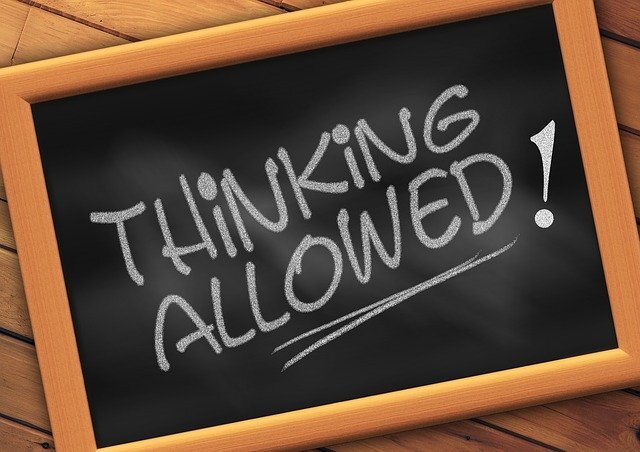
Item 1 of 4


Alford, J., & Kettle, M. (2021). Defining bilingualism, multilingualism and plurilingualism: Innovations in teaching for diversity in mainstream classrooms. In R.E. Arber, M. Weinmann, & J. Blackmore (Eds). Rethinking Languages Education: Directions, Challenges and Innovations. Routledge
Alford, J. (2019). Teaching critical literacy with EAL/D learners: Making the most of diverse languages. In R. Henderson (Ed). Teaching Literacies– pedagogies and diversity. 2nd edn. Pp. 315-338. Oxford University Press.
Dooley, K. (2008). Multiliteracies and pedagogies of new learning for students of English as an Additional Language. In A. Healy (Ed.), Multiliteracies and diversity in education: New pedagogies for expanding landscapes (pp. 102-125). Oxford University Press
Janks, H., Dixon, K., Ferreira, A., Granville, S., & Newfield, D. (2014). Doing critical literacy: Texts and activities for students and teachers. Routledge.
Stevens, L., & Bean, T. W. (Eds.). (2007). Critical literacy: Context, research, and practice in the K-12 classroom. Sage.
Vasquez, V., & Egawa, K. (2002). Critical Literacy: Putting a Critical Edge on Your Curriculum. NCTE.
Vasquez, V., Janks, H., & Comber, B. (2019). Critical Literacy as a way of being and doing. Language Arts, 96, (5), 300-311.
Vasquez, V., Tate, S. & Harste, J. (2013). Negotiating critical literacies with teachers -Theoretical foundations and pedagogical resources for pre-service and in-service contexts. Routledge.
Woods, A., Comber, B., & Iyer, R. (2015). Literacy learning: Designing and enacting inclusive pedagogical practices in classrooms. In R. Smith, T. Loreman, L. Florian, & J. M. Deppeler (Eds.), Inclusive pedagogy across the curriculum [International Perspectives on Inclusive Education, Volume 7] (pp. 45-71).
Who do you think is behind the construction of this text?
Whose view of the world is put forth in the text?
How are meanings assigned to certain figures or events in the text?
Where does the text come from (historical/cultural context)?
What social function does it serve?
How far do you accept the text’s/author’s position?
What other positions might there be on the topic?
Who has a voice in the text?
How else might these stories/views be told?
Are there silent voices that are not immediately apparent?
How might the text be rewritten to give voice to the silenced?
(adapted from Soares & Watson, 2006, p. 56)
